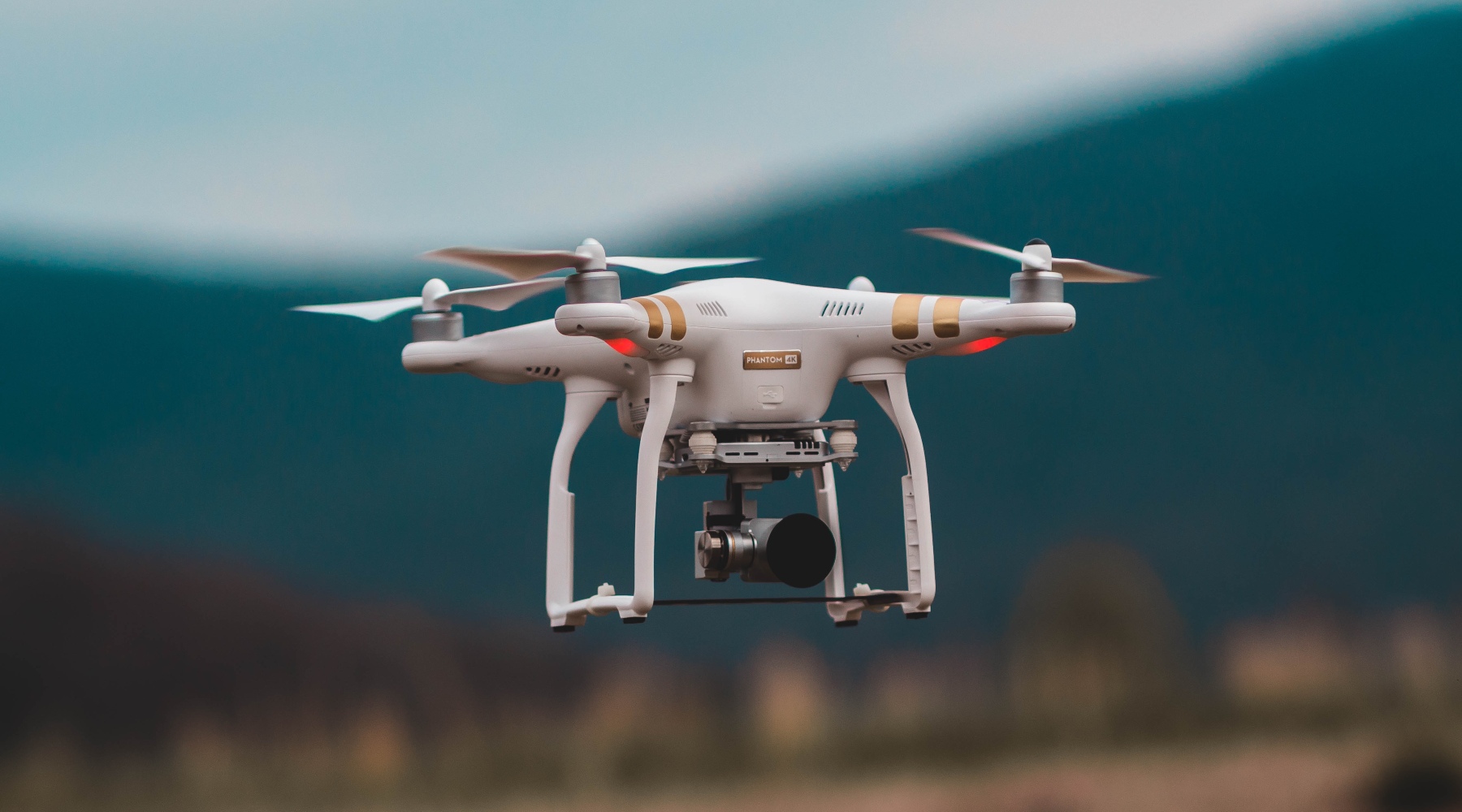If drones can deliver burritos for Chipotle and goods for Amazon, what other business uses might these unmanned aircraft serve in today’s world? One local business that’s been an early adopter of drone technology is finding out.
G2 Consulting Group, a Troy-based geotechnical and environmental services firm, has been flying drones over and around its clients’ construction sites to provide a clearer, more comprehensive view of a project’s scope and progress.
G2 Consulting Principal Noel Hargrave-Thomas is an FAA licensed drone pilot who started flying drones “just for fun” in 2014 and soon recognized how helpful they could be in providing overhead visual inspections of potential and actual job sites. As a result, G2 Consulting became one of the earliest businesses to use drones to assist clients in visualizing their projects.
“We’ve used our drones on projects like telecomm towers and commercial buildings to improve job safety. We can fly close to existing structures and audit them for a number of issues without having to send a climber up,” Hargrave-Thomas says. “This enables significant cost savings to building owners while helping to determine the exact scope of work required.”
In addition to documenting construction projects, the drone footage also gives clients a much better understanding of work site progress because they’re actually able to see everything that’s occurred, Hargrave-Thomas says. (Click HERE to watch drone video of a new auto supply building ‘from dirt to delivery.’)
He describes mapping construction sites on a daily basis to provide a 3D model of the site and creating scaled 2D mosaic imagery that contractors use to document progress and material usage. New 3D cameras can provide aerial 360-degree access footage to show clients what their project will look like and how it will fit into the surrounding environment. There are also drones with upward pointing cameras that enable project managers and their clients to visually inspect the bottoms of bridges, overhangs and indoor roofing, as well as, thermal imaging cameras for roof inspection and facility energy audits.
Drone technology is evolving so quickly that Hargrave-Thomas believes their future uses are almost limitless. On a recent site, he programmed a drone to follow an exact flight grid. By repeating the same flight weekly, G2 was able to create a detailed time-lapse video of the construction process.
“All of these innovations will enable us to better serve our clients’ needs by giving them a more complete understanding of their projects while also reducing costs and improving outcomes,” Hargrave-Thomas says. “Drones are becoming an increasingly important tool in the construction engineering business. I’m glad we’ve developed this expertise.”
Other Publications: CAM Magazine September 2017
